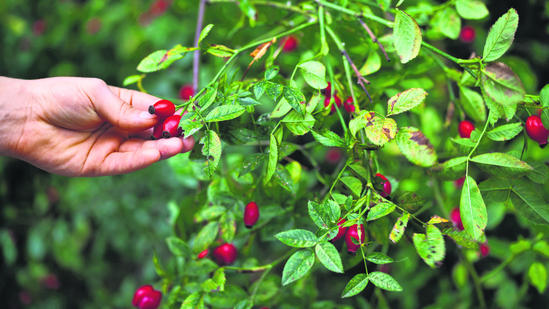Long before farms and fields, wild foods were the original staples, harvested from forests, coastlines, and mountains. Today, chefs are rediscovering these natural treasures for their bold flavors, nutritional value, and deep cultural roots. From foraged berries to rare mushrooms, these ingredients tell stories of the land and offer a sustainable path to the table. Explore the wild side of global cuisine, where nature’s bounty takes center stage.
Baobab Fruit (Sub-Saharan Africa)
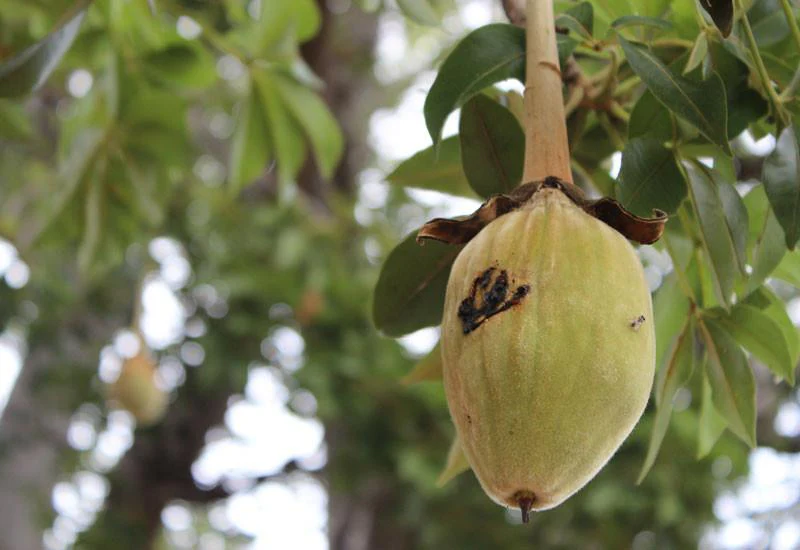
The baobab tree, sometimes called the upside-down tree, produces hard pods containing a naturally dried, powdery pulp. The pulp is tangy and citrus-flavored, rich in vitamin C, calcium, potassium, fiber, and antioxidants. Baobab powder is used in sauces, porridges, beverages, and smoothies. Traditional medicine uses various parts of the tree (including leaves and bark) for ailments such as fever, diarrhea, and infections. The fruit is especially valued for its prebiotic fiber and potential health benefits, though more research is needed.
Camu Camu (Amazon Basin)

Camu camu (Myrciaria dubia) grows along Amazonian floodplains and is among the most potent natural sources of vitamin C. The berries are extremely sour, so they are rarely eaten raw but are popular as juice or powder in smoothies and health drinks. Indigenous communities have long used camu camu for energy and immune support, and it is now recognized for its antioxidant and anti-inflammatory properties. Its rising popularity highlights the need for sustainable harvesting in the Amazon.
Samphire (UK, France, Coastal Europe)
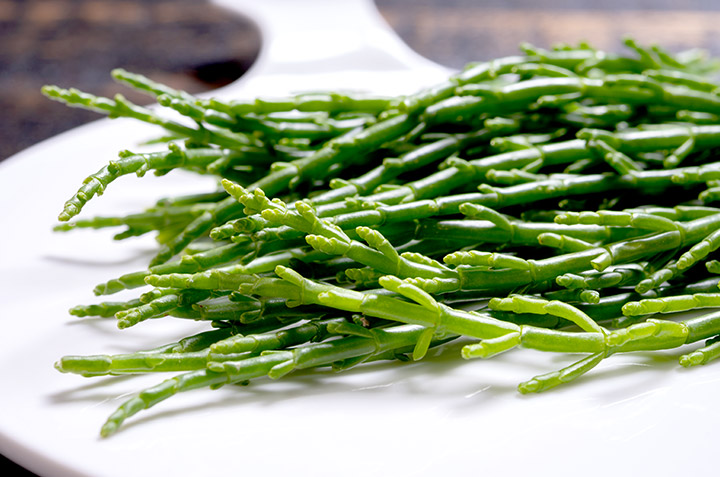
Samphire, also known as sea pickle or glasswort, thrives in tidal flats and salt marshes. It is crisp, juicy, and naturally salty, making it a favored side for seafood. In the UK, it’s often steamed with butter or lemon. Historically, it was used in glassmaking due to its high alkaline content and was also valued for its vitamin-rich, scurvy-preventing properties. It is rich in vitamins A, B, and C.
Ant Eggs (Mexico, Thailand)
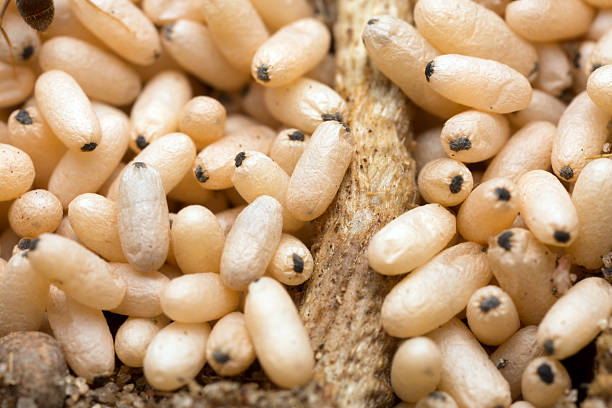
Ant eggs are a delicacy in Mexico (escamoles) and Thailand, prized for their buttery texture and subtle, nutty flavor. In Mexico, they are sautéed with butter, onions, and epazote, and served in tacos or omelets. In Thailand, red ant eggs add a tart, tangy note to soups and salads. Both are high in protein, fiber, and minerals, and have been eaten since ancient times. Different cultures prepare ant eggs in various ways, including roasting, frying, and boiling.
Chaga Mushroom (Russia, Northern Europe, Alaska)
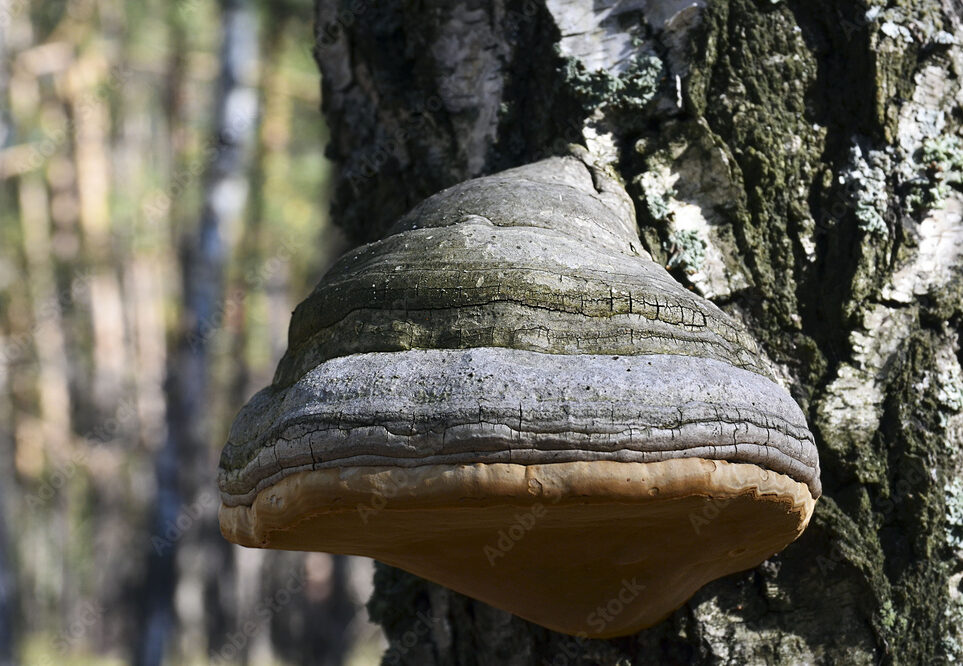
Chaga mushroom grows on birch trees in cold climates throughout the northern hemisphere. It looks like a dark, burnt mass but is highly valued for its antioxidants and potential health benefits, including immune support and anti-inflammatory effects. Traditionally brewed as tea, chaga has a mild, earthy flavor with hints of vanilla. Its exact nutritional profile is still being studied, but it is rich in beneficial plant compounds and antioxidants.
Wild Berries (Nordics, Canada, Russia)

Wild berries such as lingonberries, cloudberries, wild blueberries, and Saskatoon berries are integral to northern cuisines. Lingonberries are tart and commonly made into jams for savory dishes in Sweden and Finland. Cloudberries are rare and luxurious, often used in desserts. In Canada, wild blueberries and Saskatoon berries are foraged for pies, preserves, and syrups. These berries are rich in antioxidants, vitamins (especially vitamin C), and fiber, and are tied to Indigenous and settler food traditions.
Acorns (Mediterranean, Korea, Native America)

Acorns have been a staple food for Native American tribes and are still used in various cultures. After leaching out bitter tannins, acorns are ground into flour for bread, pancakes, and porridge. In Korea, dotorimuk is a jelly made from acorn starch, served with soy sauce and sesame oil. In Spain, wild acorns are used to feed pigs that produce jamón ibérico de bellota. Acorn flour is highly nutritious, rich in fats, carbohydrates, proteins, potassium, and fiber, and may help lower blood glucose levels.
[Contributed By Anushka Gaikwad]

